Module 3: Why do we collect a lot of data?
Introduction
In this module we introduce the idea of why data is collected and how it can be used. Specifically, the module places emphasis on how we can identity patterns in data and how those patterns might be used as the basis for a model.
Learning Objectives
- Understand and discuss the relationship between a dataset and a predictive system generated (or trained) off of it.
- Theorize about potential dataset use in the design and deployment of predictive systems, such as AI and ML products.
Resources
For more data analysis with visualization tools, you can complete the activity lessons three through seven: Analyze Retail Sales
After Completing the Module
Journal/Reflection
- What are some similarities and differences between Power BI and Tableau?
- How can they both be implemented in telling the story of data through visualization?
*Mobile Version*
Module 4: Data for Identifying Patterns to Create Models
Introduction
In this module you will:
- Lorem ipsum dolor sit amet, consectetur adipiscing elit, sed do eiusmod tempor incididunt ut labore et dolore magna aliqua. Lorem ipsum dolor sit amet, consectetur adipiscing elit, sed do eiusmod tempor incididunt ut labore et dolore magna aliqua.
Learning Objectives
- Recognize patterns that can be used to determine predictions by analyzing and interpreting data accurately by applying statistical techniques such as correlation, causation, dispersion, and measures of central tendency
- Create and describe models using various data tables (e.g. input/output) to make informed decisions or recommendations
Resources
For more data analysis with visualization tools, you can complete the activity lessons three through seven: Analyze Retail Sales
Facilitator Guide
The purpose of this guide is to facilitate the learning of critical data literacy for learning objectives, course materials, and activities/projects given in a timely manner to complete the course.

Module Overview
Lorem ipsum dolor sit amet, consectetur adipiscing elit, sed do eiusmod tempor incididunt ut labore et dolore magna aliqua. Lorem ipsum dolor sit amet, consectetur adipiscing elit, sed do eiusmod tempor incididunt ut labore et dolore magna aliqua.
After Completing the Module
Journal/Reflection
- What are some similarities and differences between Power BI and Tableau?
- How can they both be implemented in telling the story of data through visualization?

